35-Day City-Hopping: Arriving in Tokyo
Welcome to a new series on Backpacking Japan where we’ll explore my month-long trip across Japan. From south to north, west to east, and adversity to enjoyment, we’ll be breaking down most days of my trip on a day-by-day basis. I’ll be reflecting on the activities I engaged in so that you can learn from my mistakes and hopefully have an even better trip than I did. If you haven’t already, check out these 2 articles: Tips for traveling Japan (coming soon) and what NOT to bring to Japan to further enhance your trip (coming soon).
Want to focus on the takeaways? Check out the Summary and Lessons Learned in the Table of Contents!
Background
From the end of December until the start of February, I decided to take a month-long trip to Japan. To make matters more interesting, it was a solo trip with only 2 bags, a carry-on backpack and a daypack. If you’re curious about how it was possible to fit enough clothes for a month, let alone a week, into a carry-on bag, check out this article (coming soon) on what to pack when backpacking in Japan.
Please note that my original plans were adjusted as a result of the January 1st, 2024 Noto Earthquake. Despite having 5 weeks, Sapporo, Kanazawa, and Nagano will not be covered due to these changes.
By the end of this series, we’ll have explored each of the below cities:
- Naha
- Kagoshima
- Kumamoto
- Fukuoka
- Kitakyushu
- Hiroshima
- Miyajima
- Okayama
- Himeji
- Kobe
- Osaka
- Nara
- Kyoto
- Nagoya
- Hakone
- Sendai
- Aomori
- Hakodate
- Enoshima
- Tokyo
The First Few Days in Japan
Arriving in Japan
Between Haneda and Narita Airport, Haneda has the advantage of being closer to Tokyo’s city center; the train from Haneda to Tokyo Station takes approximately 30 minutes while the train from Narita to Tokyo Station is twice as long, at 1 hour. If the difference in cost between the two airports are negligible, Haneda becomes an easy pick, as it was in my case.

Like with most other countries, you’ll likely have to go through immigrations and customs when entering the country. Preferably, you’d complete the forms prior to arriving so that you don’t have to waste time standing outside of immigrations filling out the form. Your airline may provide the necessary forms during the flight so you can spend some time filling them out while you’re flying. Alternatively, you can use the Visit Japan Web service, an official platform provided by the Japanese government, to fill out the forms digitally. Filling it out online also has the added benefit of an expedited customs experience as there was a special gate for those that filled out the forms digitally.
The First Night
Due to the flight being delayed, arrival in Japan was 3 hours later than originally anticipated; the landing occurred super late into the day, around 7:00 pm. Adding the customs process (which was comparatively short due to low volumes of people at the time), obtaining my JR passes, and taking 2 separate trains to get to the hotel which was in Ikebukuro, it was already 9:00 pm before exiting Ikebukuro Station. So if you’re landing at Haneda Airport, account for at least 2 hours from landing to reaching the city center.
Continuing towards the hotel, I began to regret choosing one that was quite distant from the station. Although it was only a 10-minute walk, it felt far. What’s worse is that a significant portion of the businesses are centered around the station; it would take a 10-minute walk to go one-way whenever trying to access the train, visit a store, or head back to the hotel.
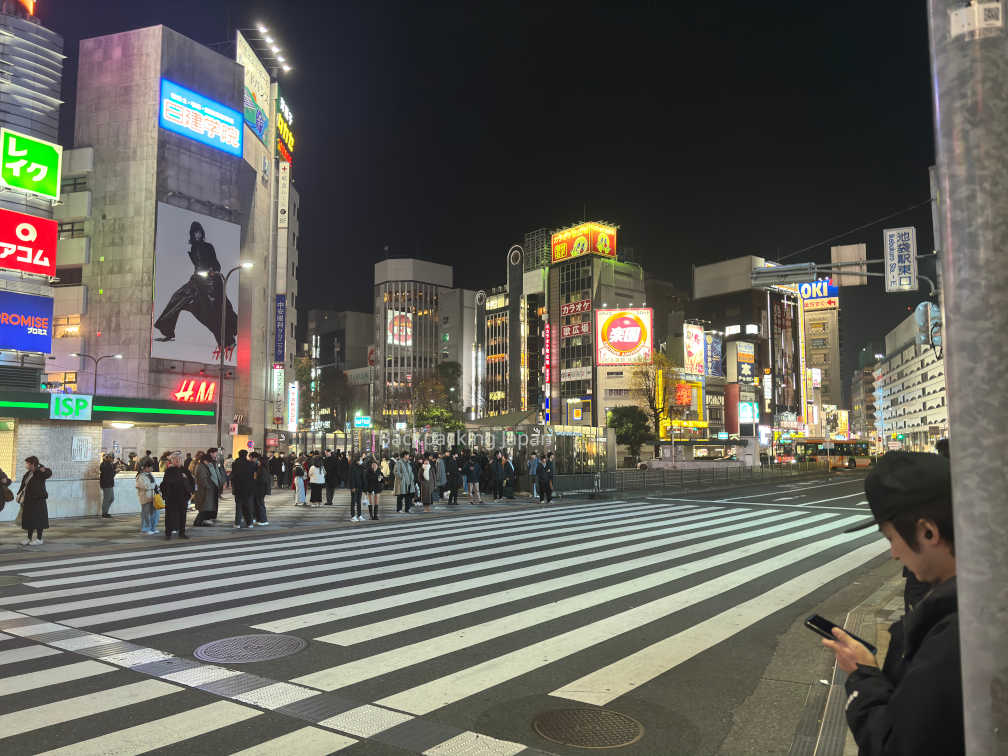
Between walking to the hotel, checking in, and heading back out to find a place to eat, it had already reached 9:30 pm. Since I was unable to get any sleep on the plane, the plan was to sleep early that night. For that, something light on the stomach that was warm seemed ideal. Deciding on soba noodles, there was a shop that was reasonably nearby which was listed on Google Maps to close at 10:00 pm. Upon reaching the restaurant however, the store had already closed despite there still being 20 minutes to closing. Despite being completely exhausted, I managed to realize that it was already past the last order. Based on my experiences, restaurants typically call for last orders anywhere from 30 minutes to 1 hour before closing. It’s a good practice to remember this when checking a restaurant’s closing time. Fortunately, learning this on the first night made it a valuable lesson for the rest of the trip.
Not wanting to waste anymore time, I settled for a 24-hour soba restaurant called Nadai Fuji Soba. By doing so, I was able to have my first experience with purchasing food from a vending machine. It even accepted IC cards as a form of payment! As for the order, it was tentama soba which is soba noodles in soup with an Onsen Tamago (which is similar to poached egg) and Kakiage (mixed vegetable and seafood tempura) and cost around 600 yen.

Despite being hungry even after eating the soba, getting back to the hotel ASAP took higher priority. Thankfully convenience stores are scattered around many corners of Tokyo. Grabbing an onigiri and some green tea, it was time to head back to the hotel to start winding down before bed.
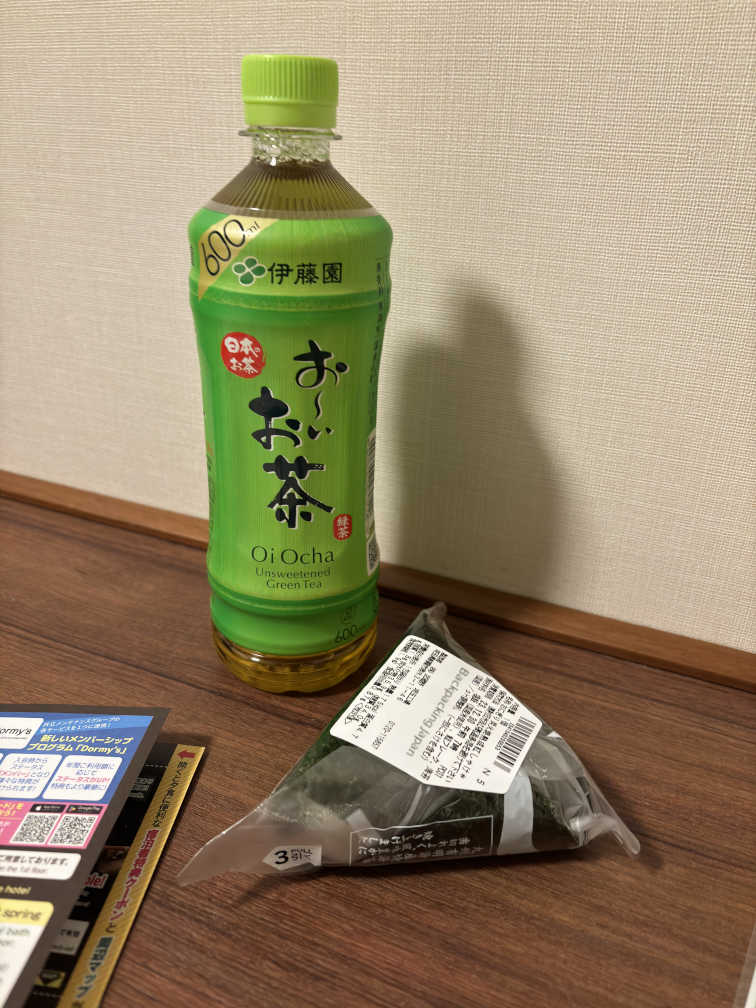
The Next Day
Shibuya
Managing only 4 hours of sleep, in spite of being completely exhausted, I ended up lying in bed for a few more hours before deciding to get up around 6:00 am. While the majority of places are still closed at this time, there’s still some things to do which don’t adhere to business hours. Staying in the west-side of Tokyo, Shibuya was nearby; the famous Hachiko Statue and Shibuya Crossing are easily accessible to the public 24/7. Given that it was 7:20 am on a Saturday morning upon arriving, the area was virtually deserted. This makes it especially easy to take a photo of the Hachiko Statue as there were only a small handful of people present.
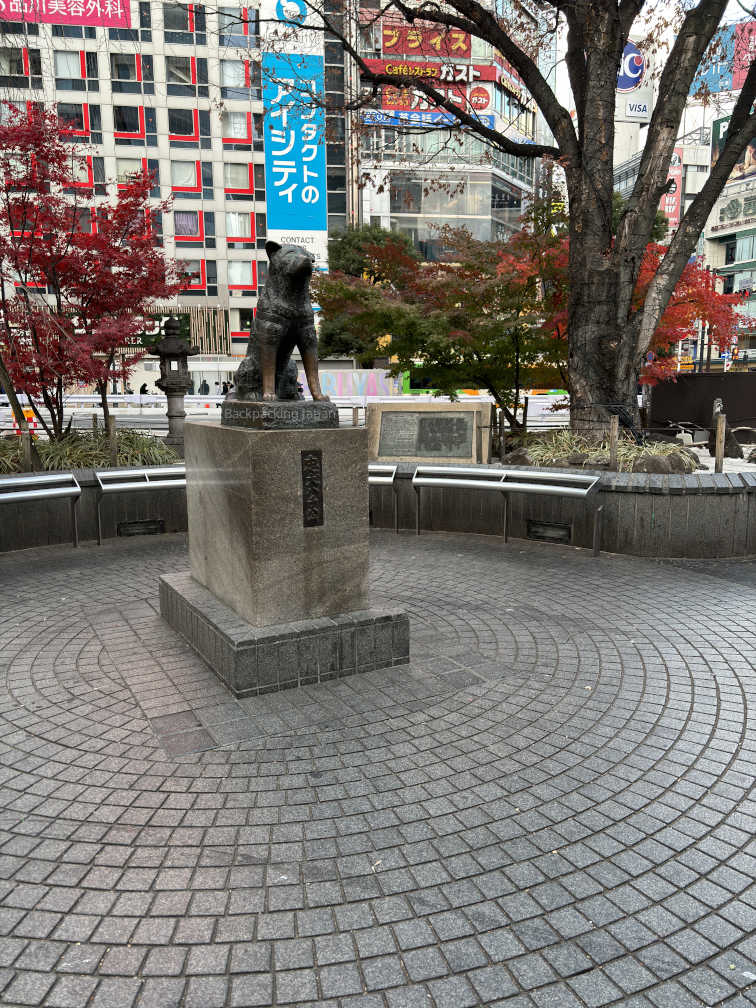
As for Shibuya Crossing, there is an odd serenity of having the world’s busiest pedestrian crossing all to yourself with not a single advertisement running in the background.
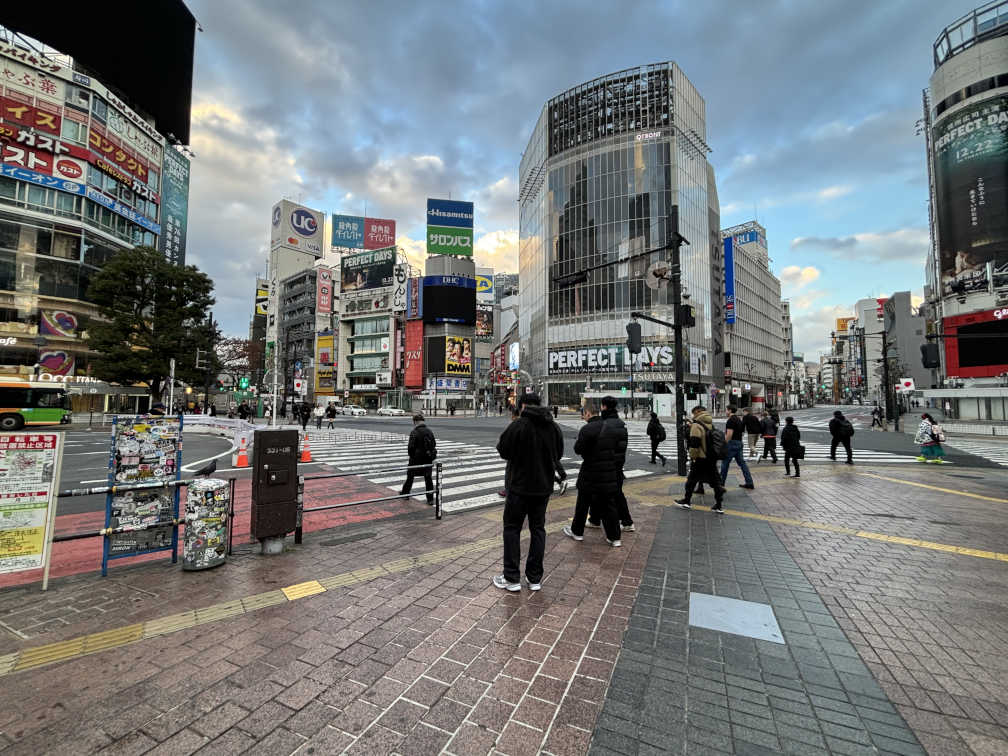
Next was breakfast. Because the new year’s holidays were starting, a considerable amount of stores were already closed, and this would be another lesson learned. During holidays, try to call their stores in advance, check if their website has any updates regarding holidays, or search their social media for any changes in schedule instead of relying on Google for business hours. I ended up getting burned twice after traveling moderately far to find out 2 restaurants I wanted to eat at were closed for the holidays.
Fortunately, I found a restaurant that was open. Unable to find the exact opening time, I arrived about 90 minutes early. Surprisingly, it was also a Michelin-recommended restaurant, so it actually played out favorably to have arrived early; the inside only fit around 9 persons, yet there was a long lineup slowly building up as everyone waited for the restaurant to open. The restaurant is called Katsuo Shokudo and is known for its katsuobushi rice bowl. It also comes complemented by miso soup and a raw egg. Being my first breakfast in Japan, coupled with the unique flavor profile for such an early meal, it will remain an unforgettable experience.
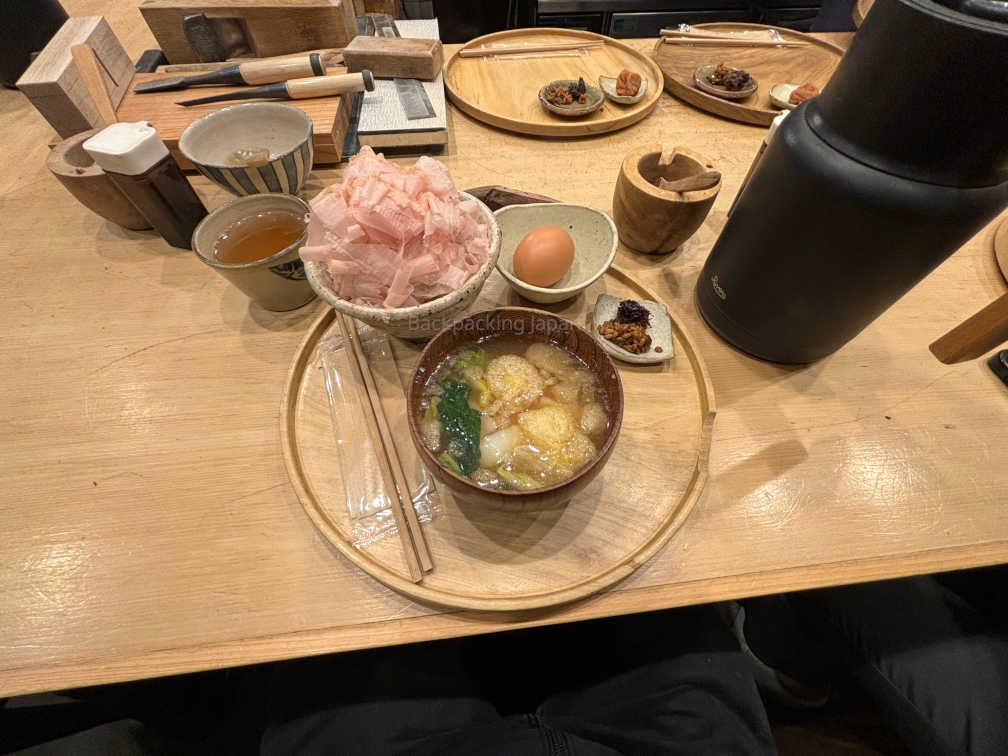
Meiji Jingu
Making sure to leave some room for more food later, next was to check out some nearby tourist spots starting with Meiji Jingu. Taking the Yamanote Line from Shibuya to Yoyogi, you can walk to the northwestern entrance to the shrine and enjoy a nice walk through a small trail before arriving at Meiji Jingu. For a Saturday at 10:00 am, it was surprisingly packed, so it may be better to visit earlier for less crowding.
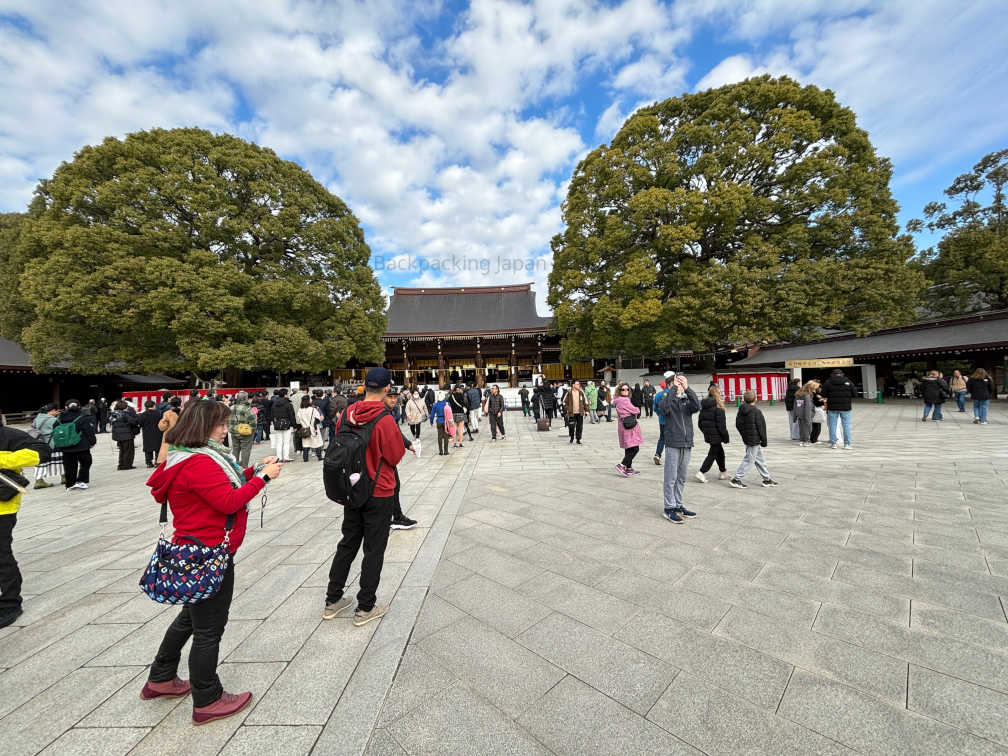
Taking the south exit from Meiji Jingu goes through another beautiful trail which I regrettably did not take a photo of. Part way through, there’s a collection of sake barrels with various designs which was pretty cool.
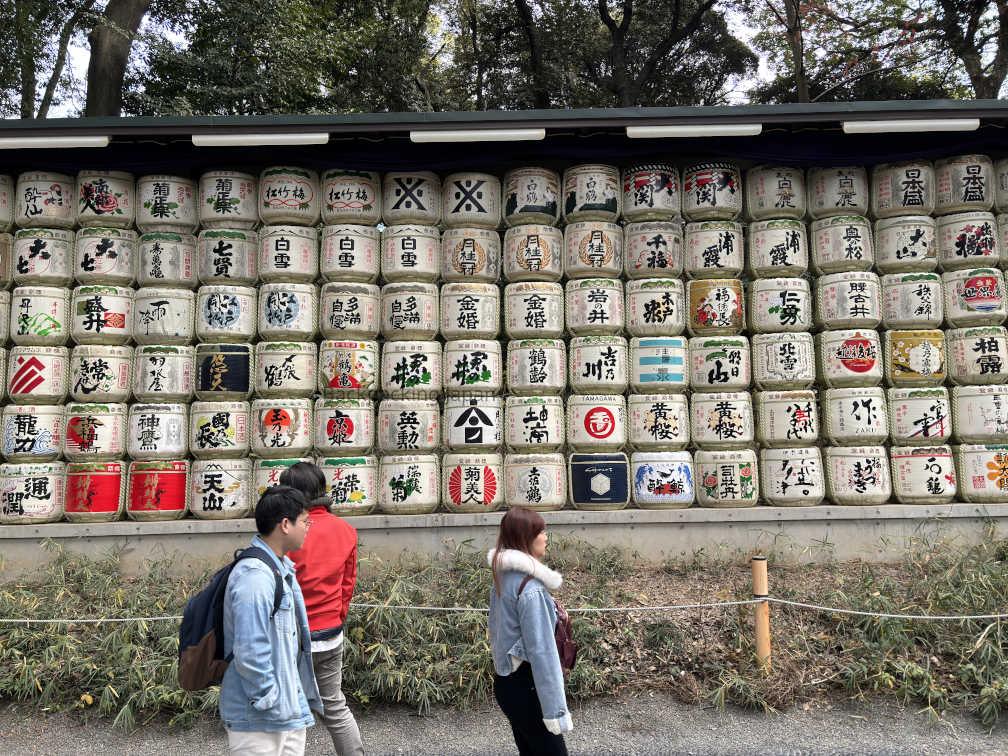
Harajuku/Takeshita Street
Continuing southwards down the trail, there’ll be the exit to the shrine grounds which is next to Harajuku Station. By walking past it and heading north, there’ll be one of the entrances to Harajuku’s Takeshita Street.

The hope was to see some Harajuku fashion, but unfortunately, there didn’t seem to be anyone dressed up at the time. There was however, what looked like a cool piece of art featuring the Japanese music group ZUTOMAYO.
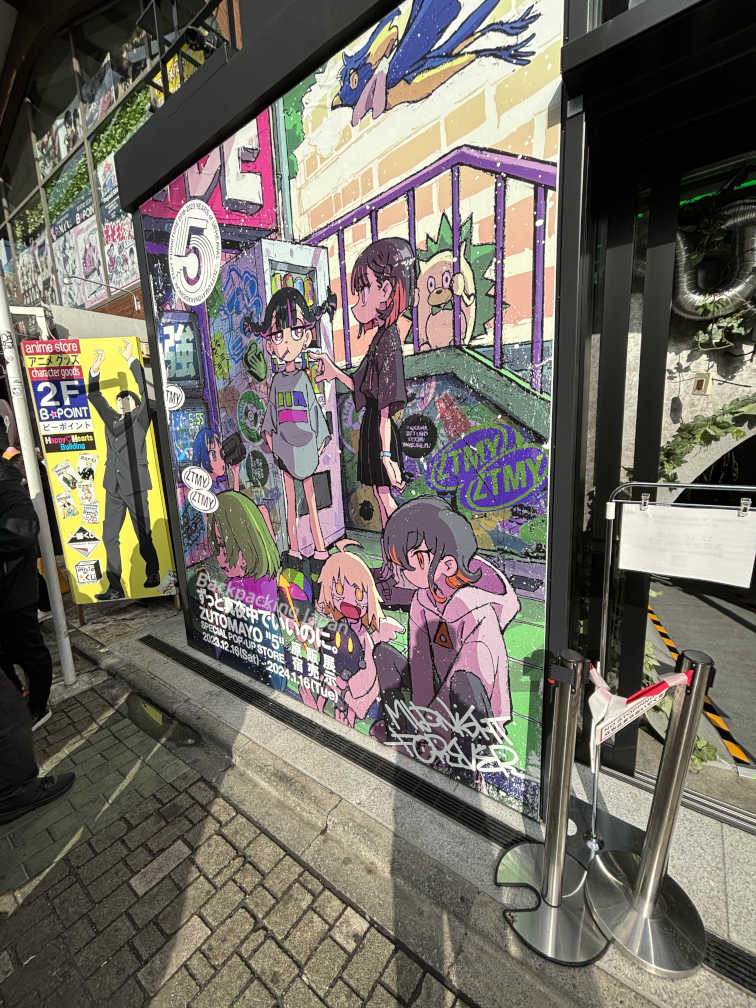
Looking back at the image now, it’s actually written that it was a pop-up store. Checking online, the opening time was at 11:00 am, which was 20 minutes after taking the photo. Let this be a lesson learned: to not overlook details, especially when excited.
Omotesando
Approximately 5 minutes of a walk from the other end of Takeshita street, is Omotesando. The street has a very elegant vibe and many designer brands lining up the street over a fair distance. Unfortunately, no photo here except for this shrine which had caught my interest for feeling out of place being surrounded by a bunch of luxury high rises.
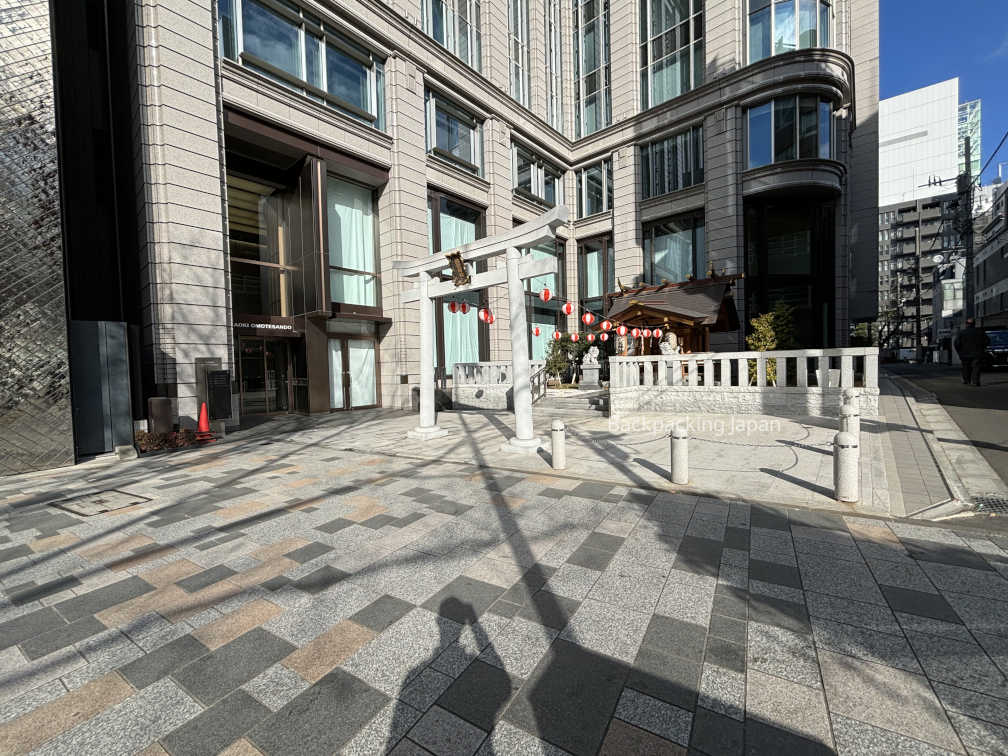
If not doing any shopping in the area, Omotesando is a fairly short walk, taking close to 15 minutes to walk to the other end.
Shimokitazawa
Bocchi The Rock is one of my favorite recent anime, and it’s set in Shimokitazawa. Wanting to see the locations in person, Shimokitazawa would be next, after Omotesando. It’s also popular for subculture! The first stop was the tree mural by the Times Parking Lot where Kessoku Band took a jumping group photo.
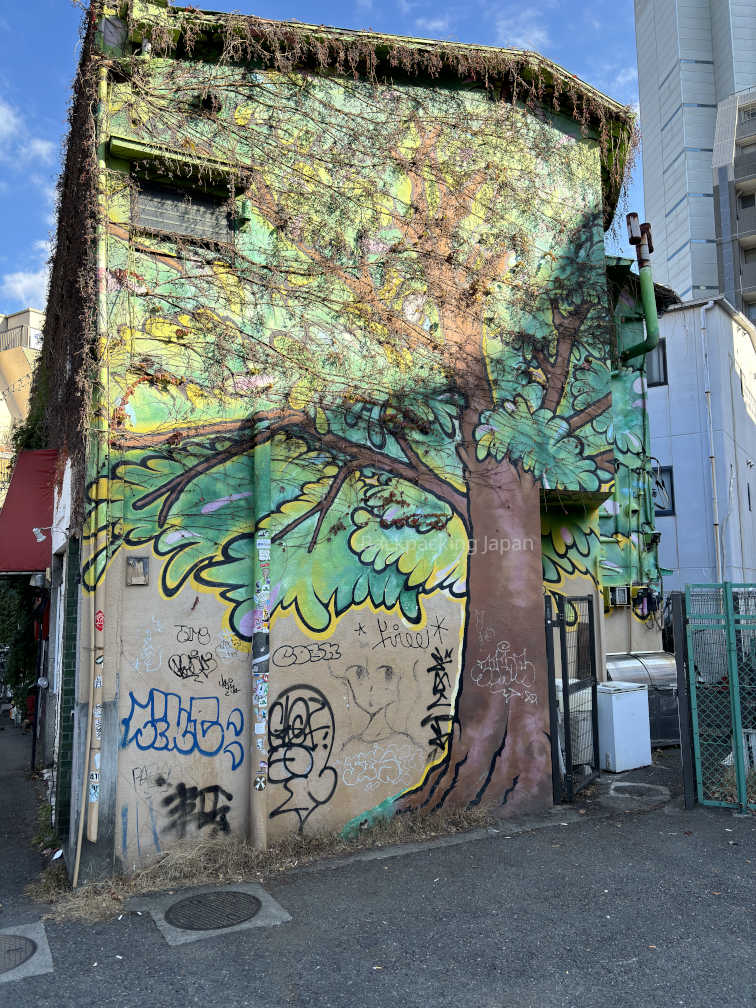
But then it was nearing 12:00 pm, so I took the opportunity to grab lunch at Mintei, a Chinese-styled restaurant. For lunch: it was ramen, fried rice, and some gyoza.
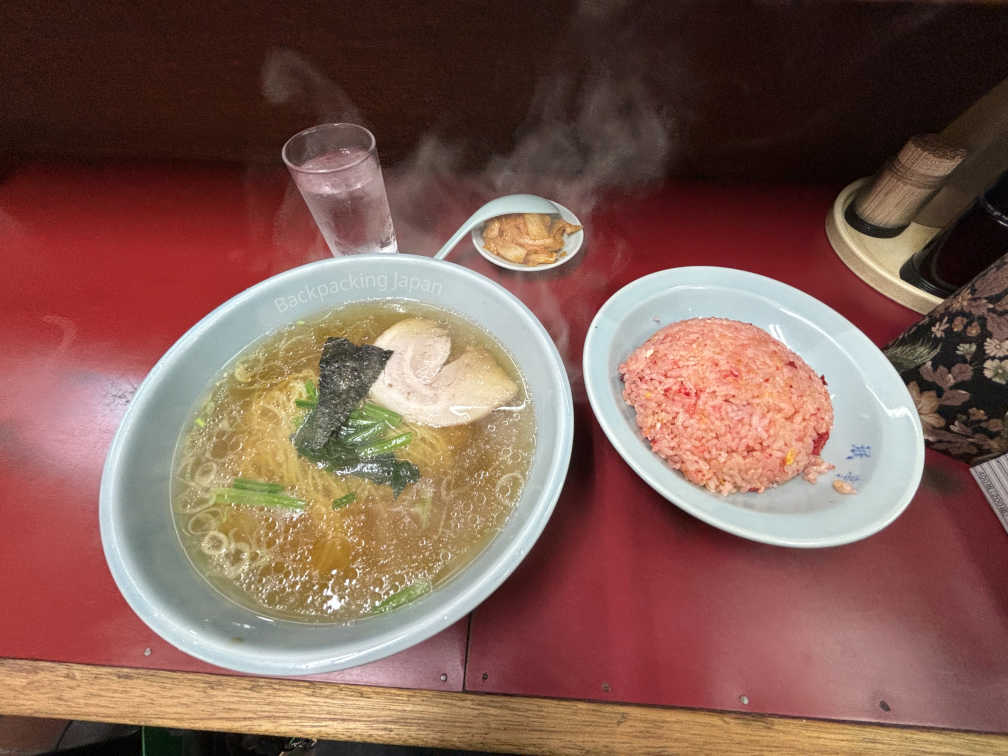
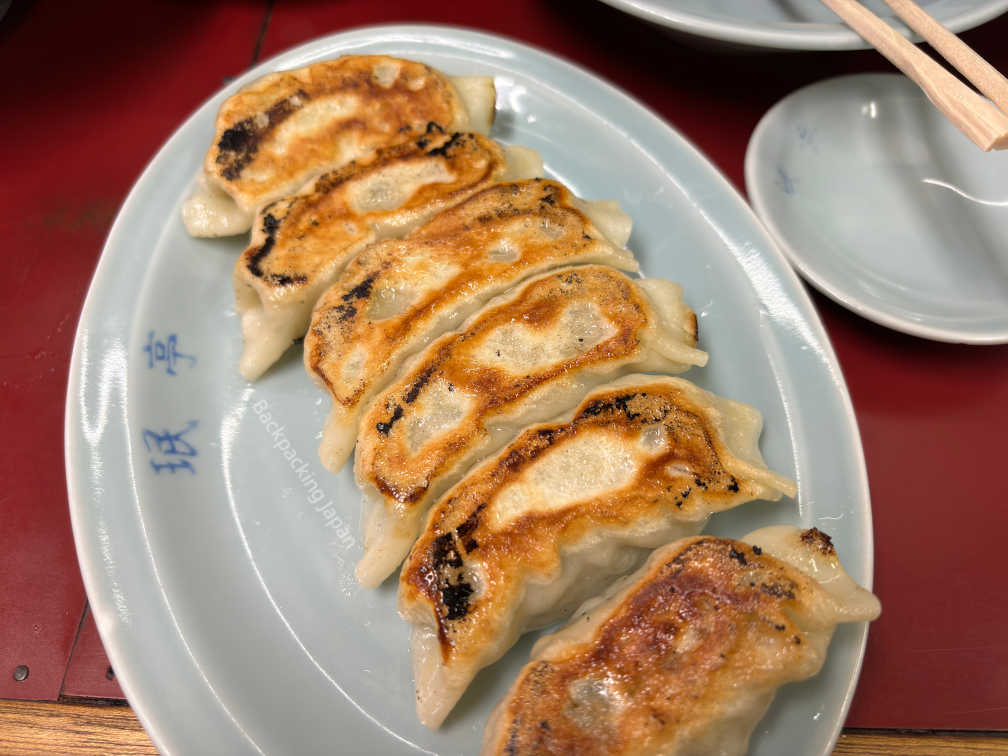
Continuing the Bocchi The Rock pilgrimage, next was Village Vanguard. The store was also selling Bocchi the Rock goods right at the front entrance!
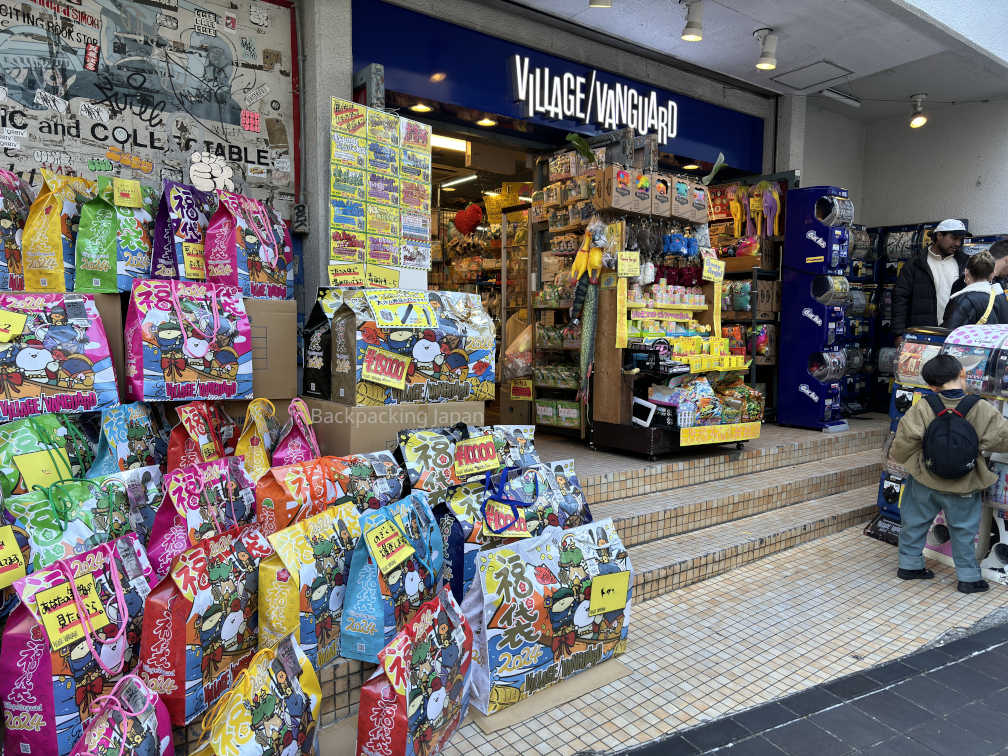
There are many streets to wander about in the area while offering a vibe which is different from the downtown core of Tokyo. Shimokitazawa has a very strong old-school feel as the streets are lined with many vintage clothing stores and overhead wires crisscrossing above, contributing to the overall aesthetic. Being so engrossed with the overall atmosphere, I unfortunately forgot to take photos.
As luggage space was limited, there wasn’t much to buy; shopping was reserved until the end of the trip. There wasn’t much left in Shimokitazawa to check out at the time, so it was time to explore somewhere else. Since most of Shibuya had been closed when I had visited earlier in the morning, now was a great opportunity to return and see the stores such as Tower Records. Upon exiting Shibuya Station, the crowded and bustling Shibuya Crossing was awaiting!
When it approached 4:00 pm, the fatigue from my lack of sleep began to set in rapidly. Deciding it would be wiser to stay near the hotel, it was back to Ikebukuro. It also presented a great opportunity to explore the surrounding area as I had yet to do so.
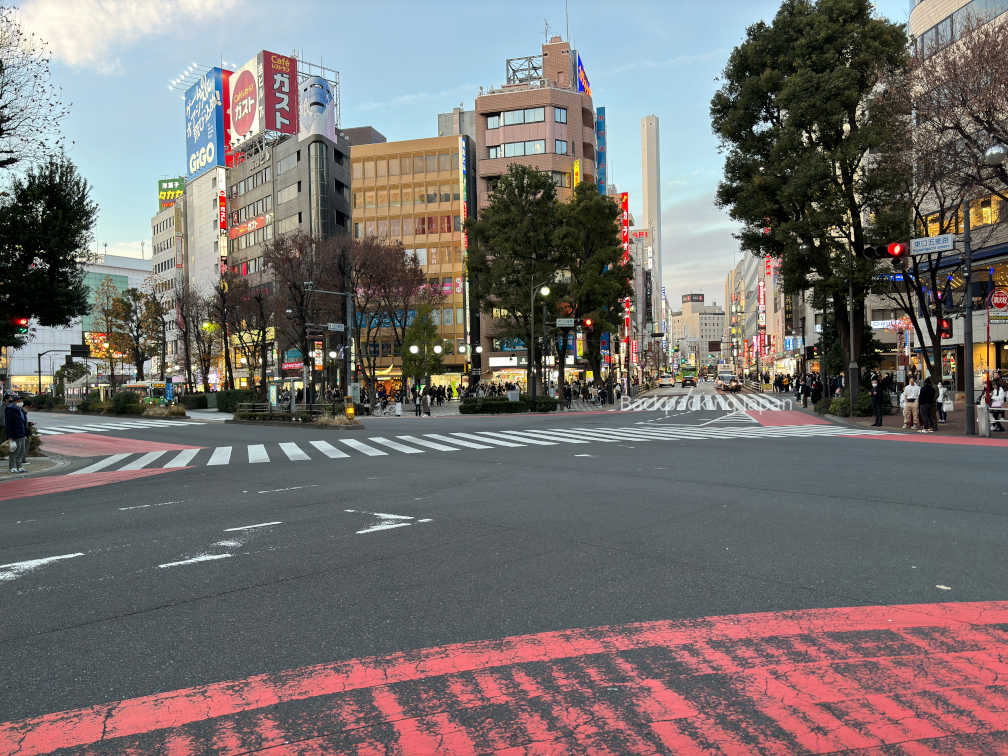
Just like with Shimokitazawa, it was mostly just wandering around, with a handful of locations which seemed worth entering such as Animate, Rainbow Dori, and Book Off. With that, another day in Japan had passed.
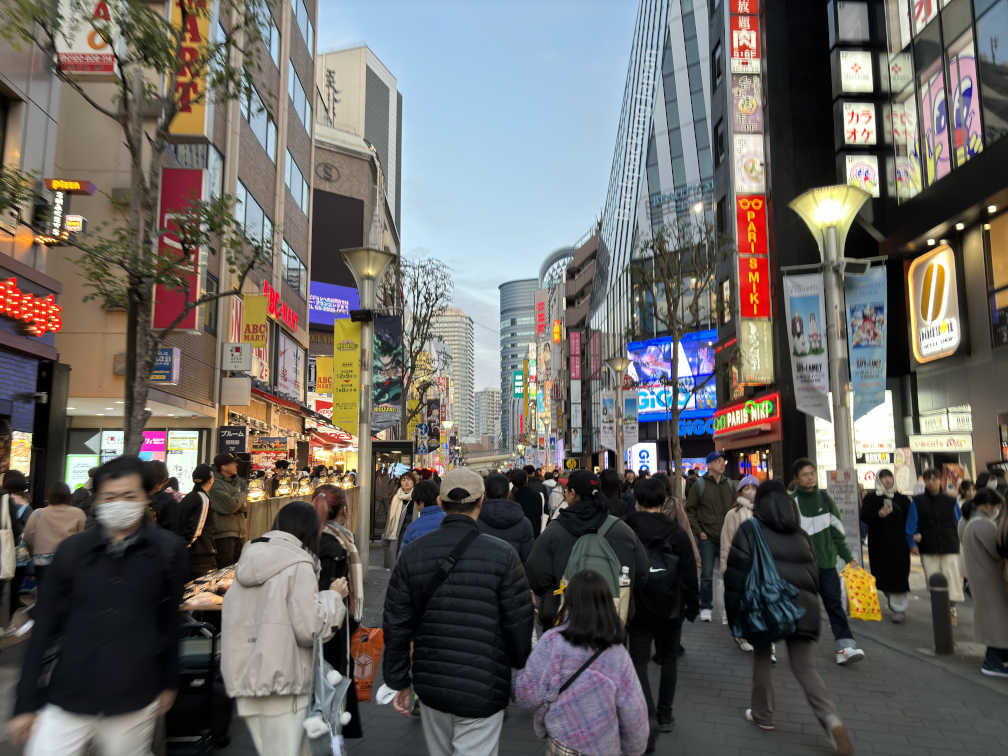
Day 3
The second night of sleep was by far the worst, all due to the lingering jet lag—managing only 2 hours of actual sleep followed by another 2 hours of rolling around in bed. Having given up on trying to sleep, it was back to the streets of Ikebukuro—the 2:00 am edition. Unfortunately, not many businesses are operating at this hour, but the east side of Ikebukuro, according to Google Maps, still had a few spots open. Among them is a cafe which was open until 5:30 am. On the way, there was Nakau, a 24-hour Japanese fast food chain, where for 290 yen, it’s possible to purchase a regular-sized Udon with tempura bits—a wonderful, light snack to satisfy the midnight cravings without being too heavy on the stomach.
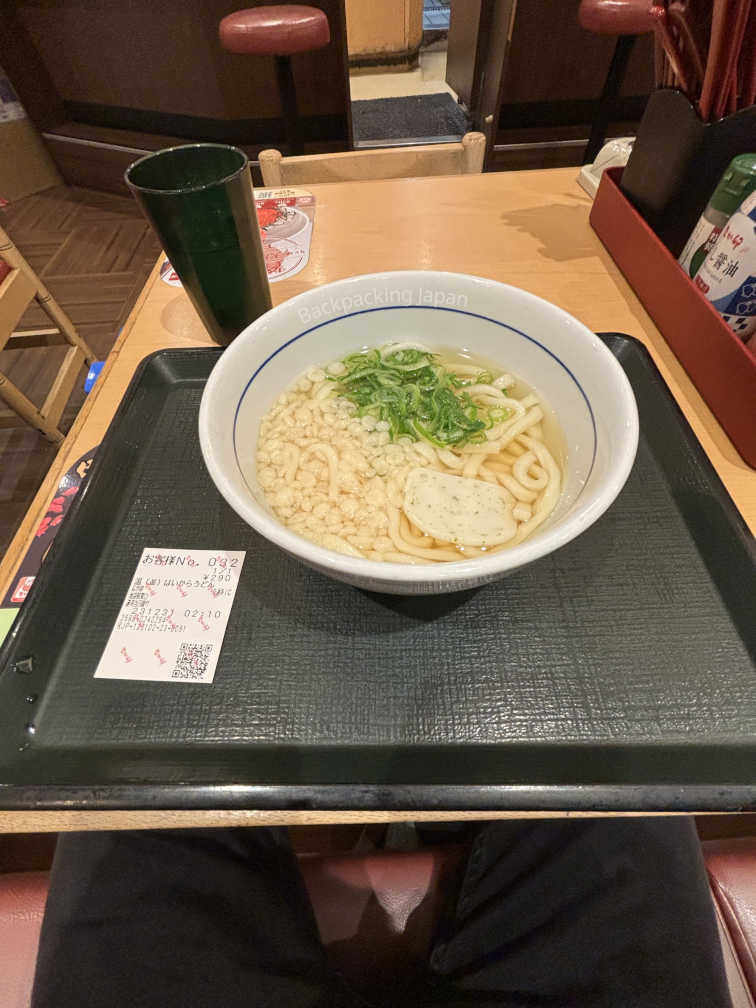
Continuing towards the cafe, eventually it’s necessary to get around the station to access the west side of Ikebukuro. Having entered the area, it slowly became apparent that a lot of Ikebukuro’s nightlife activities were present west of the station.
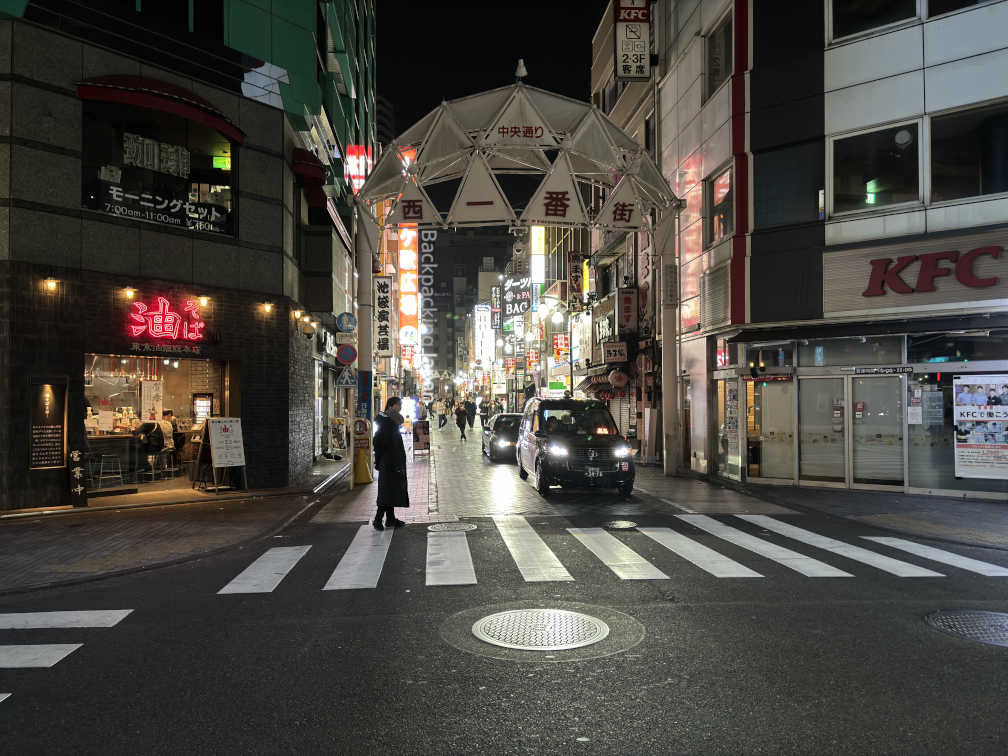
At the cafe, I had ordered a tea but was so distracted by the pervasive smell of smoke that I forgot to take a photo. Instead, here is a lesson to share: a handful of restaurants in Japan still allow indoor smoking and this cafe was one of them. If you’re sensitive or have any complications related to smoke and cigarettes, it would be wise to check in the smoking policy in advance to ensure a comfortable visit.
Still not tired enough to try going back to sleep, what could possibly be done to kill time at 2 in the morning – especially when all the trains have stopped running? Fortunately, the city is dotted with 24-hour manga cafes, including DiCE Ikebukuro, which is conveniently located near the hotel. Offering a wide selection of manga in Japanese and a variety of other amenities, often private rooms and showers, it can make for a unique form of accommodation if you feel adventurous.
After spending a little over an hour trying to read One Piece in Japanese, the fatigue started to set back in. At that point, I returned to the hotel to lie back down. While a 2-hour nap would’ve been ideal, a mental rest had to suffice instead. Soon enough, it was time for breakfast, this time included with the hotel booking.
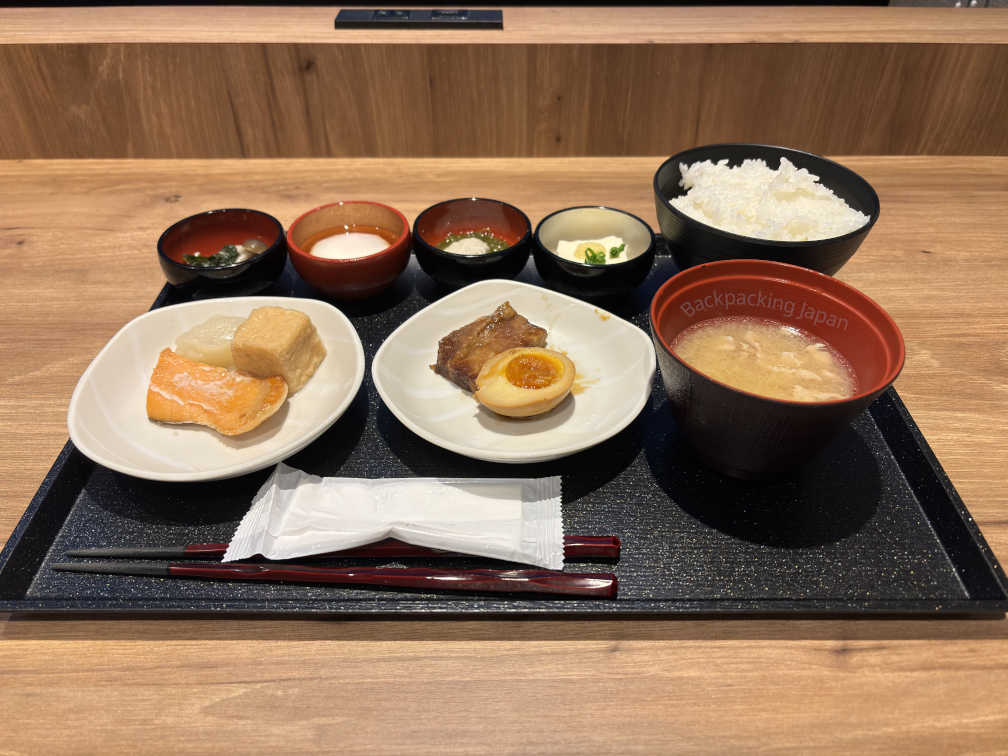
Since the flight to Okinawa would be later that day, I opted to check out early and request the hotel to temporarily hold onto the luggage in order to walk around without the extra burden. With a moderate amount of time to spare, it was spent once again in the streets of Ikebukuro. At some point, I realized it was possible to squeeze a movie in before the flight and ended up going to TOHO Ikebukuro to watch Spy x Family: Code White as it was only recently released in Japan (and not yet accessible globally).
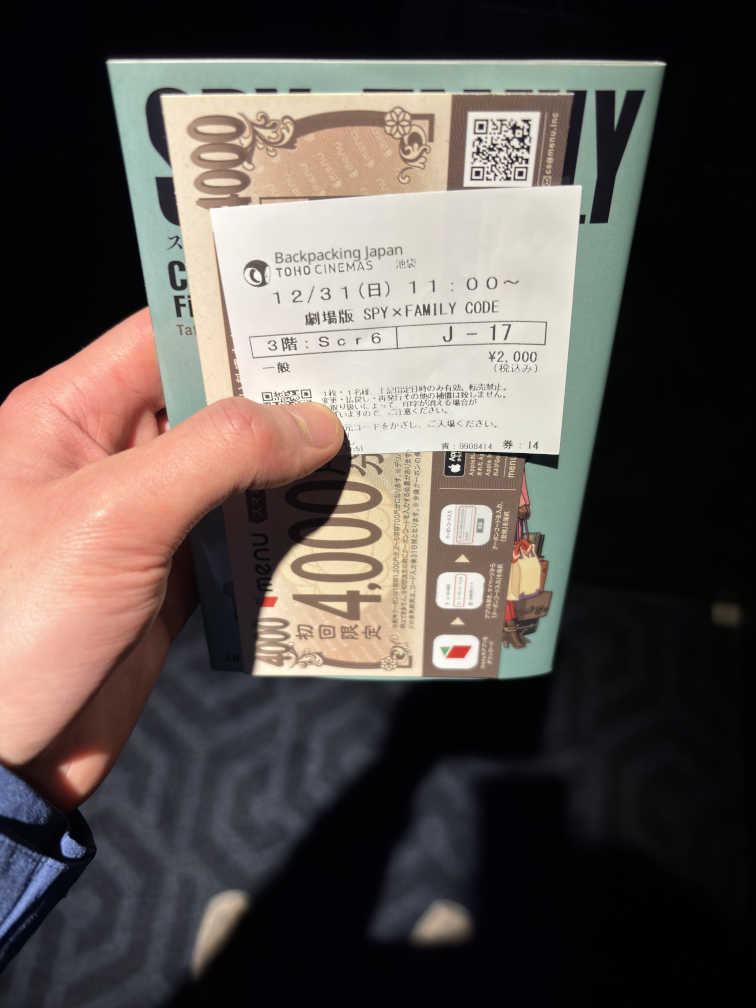
Once the movie finished showing, it was time to grab my luggage from the hotel and hurry over to the airport.
Departure for Naha
The airport from which I would depart for Okinawa was also Haneda airport. Given that it was a domestic flight, I found the entire check-in process and security screening a lot quicker. Not once was it required to take out my passport and they even allowed liquids onto the plane! It was finally time to go to Okinawa!
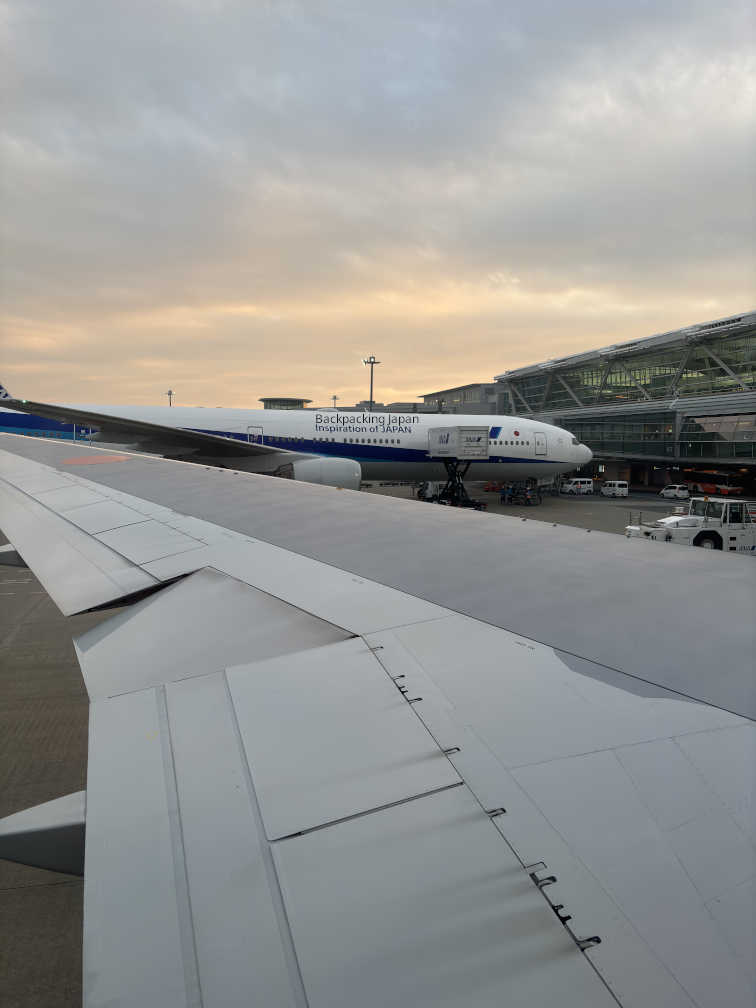
Thanks for taking the time to read to the end! I hope you enjoyed reading it as much as I did writing it. Next, we’ll be looking at exploring Naha City, Okinawa over the New Years Holiday.
Summary and Lessons Learned
Summary
Airport
Haneda Airport is closer to Tokyo’s city center which makes it a great pick if price is not a factor.
Hotel
Staying in Ikebukuro provides a good balance between price, noise and convenience of access to the western parts of Tokyo. For those who expect to be awake past the last train, Shinjuku might be a better location in terms of nightlife.
Attractions
Shibuya
One of, if not the most famous tourist destinations in Japan where the famous landmarks of Shibuya Crossing and Hachiko Statue can be found. The neighborhood is filled with department stores making it a great place for shopping.
Shibuya Crossing
The world’s busiest pedestrian crossing. During early mornings, especially weekends, the area is basically deserted giving a completely different vibe from what it’s known for; there are no advertisements running and it’s possible to nearly have the entire crossing to yourself. As the day progresses, you can experience the energy it’s famously known for.
Hachiko Statue
Adjacent to Shibuya Crossing is a statue of Hachiko, the famous dog remembered for its loyalty, waiting every day for its owner to return, even after his owner’s death. As a result, crowding levels are similar, making early mornings on weekends a great time to take photos without many people around.
Meiji Jingu
A popular shrine which is between Shinjuku and Shibuya and is surrounded by a surprising amount of greenery. Even in the mornings of the weekend, it can be quite crowded.
Takeshita Street
A street which was famous for its unique Harajuku Fashion. Unfortunately there was no one dressed up when I went, but it is not exactly surprising due to how easily it gets crowded with tourists. Along the street are trendy stores selling Harajuku-type clothing, crepes, cafes and more.
Omotesando
An elegant tree-lined avenue near Takeshita Street known for being a wealthy area; Contemporary luxury brands (especially foreign ones) are known to be sold along this street.
Shimokitazawa
A trendy, laid-back suburb of Tokyo which is only minutes away from Shibuya Station. The area is best known for subculture, especially among music and fashion; the neighborhood is lined with vintage clothing stores as well as live-performance houses. It’s also the setting for the anime, Bocchi The Rock!
Ikebukuro
A relatively quiet neighborhood in the western side of Tokyo which is found quite near Shinjuku. Offering both commerce and entertainment, Ikebukuro is sort of like a mini-hybrid of Shinjuku, and Akihabara; there are department stores, bars, and anime-related shops.
Manga Cafes
Facilities which are available typically 24-hours scattered around the city which can be a great place to rest and read manga. Supported amenities typically allow for even staying the night!
Food
Convenience Stores
A great option when looking for food to take on the go while minimizing cost.
Nadai Fuji
A great option for soba noodles when the other restaurants are closed as it’s a 24-hour option.
Katsuo Shokudo
A Michelin-recommended breakfast spot located in Shibuya which specializes in katsuobushi rice bowls—capturing the flavors of Japan first thing in the morning! Be sure to arrive early, as space is limited and it’s only open while supplies last.
Mintei
A delicious, budget-friendly Chinese-style restaurant located in Shimokitazawa, renowned for its signature pink fried rice.
Nakau
Another great option for late-night dining when all else is closed. The udon noodles in particular are perfect for a light-on-the-stomach snack.
Lessons Learned
Customs and Immigrations – Visit Japan Web
Instead of filling out the paper forms for immigration and customs, the Government of Japan provides an official web application which can be used to fill out such information. This is particularly useful if the airline doesn’t provide, or is missing any of the paper forms. There’s also the added bonus of an expedited customs process as there is a special gate for those that filled out the forms digitally.
Hotel Locations
If budget permits, try to book near the major train stations (i.e. the Yamanote line in Tokyo). Doing so can save a considerable amount of time and energy when going back and forth between your hotel and the train station; a lot of businesses are also located around the train station, so a considerable amount of shopping and dining may require being near the station anyways.
Restaurant Closing Times
Last orders can vary between restaurants, typically ranging anywhere between 30 minutes to 1 hour before the posted close time. Be sure to account for this when searching for restaurants.
Holiday Business Hours
Depending on the place, Google maps may not have an updated version of the business hours during holidays. To best determine if a location will be closed, check their social media accounts for updates or try to phone ahead if possible. If you can’t find any information, it might be safer to assume the establishment is closed, unless you’re willing to take the chance of visiting during their holiday period.
The new year’s holidays are particularly challenging when it comes to figuring out business hours, as the holiday duration varies by location.
Indoor Smoking
While not widespread, a considerable number of businesses still allow indoor smoking. If this is a concern, be sure to verify in advance whether the location permits indoor smoking.